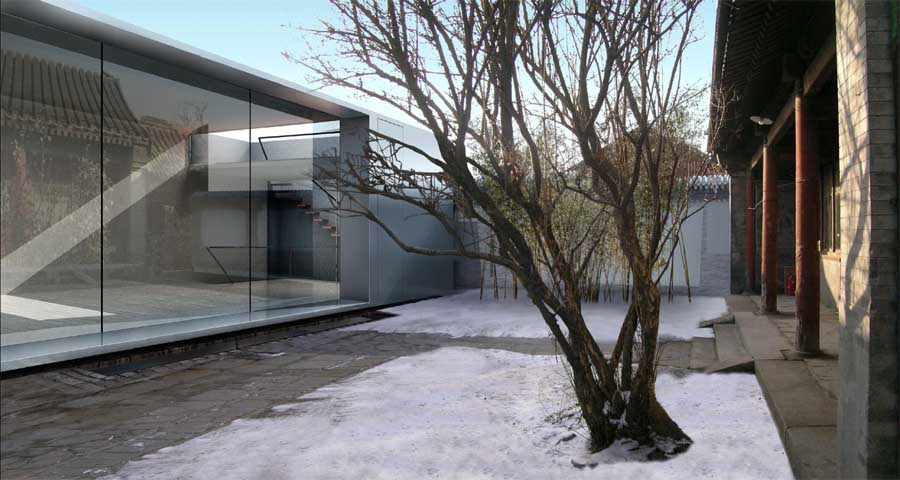Hedingham Castle in Essex was the subject of the second Landscape Man series.The owner’s wife, Demetra Lindsay, a garden designer, thought ‘something a little more formal would be a bit of contrast’. So they converted the swimming pool into ‘formal pond’ and put in a semi-Islamic water channel edged with granite cadged from a sponsor. Granite is of course a traditional material – for tomb stones. Matthew Wilson made the un-profound remark that the grounds were being ‘restored to their former glory’. The owners’ design objective was to generate dosh by letting the place as weddings venue. The estate also contains a really fine Norman keep (dating from 1140) as well as a decent eighteenth century mansion. What should they have done? Something better: less costly, more imaginative, more beautiful, more romantic, more appropriate – and designed to create amazing opportunities for wedding photographers. [See note on wedding photography in heritage gardens]
Category Archives: garden history
Seeing the wood for the trees
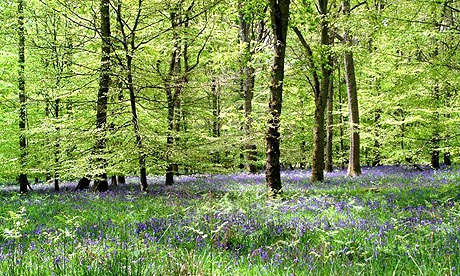 The Forest of Dean certainly makes you wonder what the Garden of Eden looked like before Adam set about tending it. What elements would it have possessed? And once Adam got to work, I wonder what he would have done to keep the Garden of Eden the way God wanted it to be?
The Forest of Dean certainly makes you wonder what the Garden of Eden looked like before Adam set about tending it. What elements would it have possessed? And once Adam got to work, I wonder what he would have done to keep the Garden of Eden the way God wanted it to be?
Did the Garden of Eden have animals within it? Perhaps Adam was vegetarian? Was Eve, as Adam’s helpmate, also a keen gardener? In 2004 the Tate gallery explored some of the themes and artistic representations of Eden through the history of art to contemporary times. The Glue Society using google earth produced their version of Eden in 2007. Of course, Adam and Eve need not live in a garden anymore – as they can stay in a luxury hotel in Turkey….
Courting the lawn
It is always a challenge when considering heritage how to respect the past while accommodating the new. The houtongs in Beijing are now facing the predicament of a modernising city. Traditional society and lifestyles have changed. Consumer demands are different.
So the traditional courtyard house is being reinterpreted…and in some instances modernism and tradition are facing each other quite literally.
However, there is much to be gained from understanding the tradition of the courtyard house and the patterns of life which gave rise to it. The garden of the courtyard house seems to have been predominantly a place for trees.. but perhaps also for lawn?
Parks now?
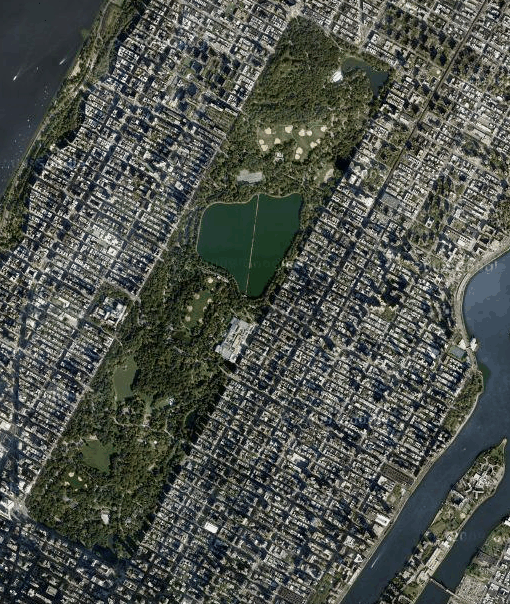 It is interesting to see parks within their urban setting to start to understand the relationship between urban fabric and parkland. Apparently Olmsted‘s Central Park faced something of a crisis in the 1970s and was revived in the 1980s through a major restoration project.
It is interesting to see parks within their urban setting to start to understand the relationship between urban fabric and parkland. Apparently Olmsted‘s Central Park faced something of a crisis in the 1970s and was revived in the 1980s through a major restoration project.
So the times change and people demand new things of their parks? After the French Revolution fortuneately the true value of Versailles was recognised…So hopefully designers and the public will be able to recognise the value of the past when refurbishing green spaces for the future.
Scaling up and down
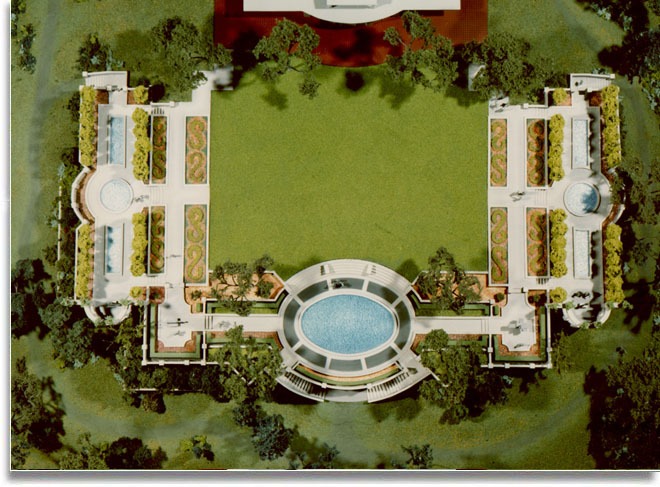 There is something endlessly fascinating about models of cities…Perhaps they enable us to relate to cities in ways that are normally not possible? Perhaps they give us a God’s eye view of the landscape and everyday life.
There is something endlessly fascinating about models of cities…Perhaps they enable us to relate to cities in ways that are normally not possible? Perhaps they give us a God’s eye view of the landscape and everyday life.
So if we could play God for a day what would we say to those people down there that we created and who are now running around living their own lives in the various metropolis’ of the world? Or perhaps we would just make our own historical narrative films!
Would we be tempted to move the pieces on the board? Re-arrange them slightly? Why would we want to do this? ….There is certainly something very appealing about the detailed scale models of street furniture produced for the city of Toronto! And of the very different in quality abstract garden model.
In 2006 Prof Michael J. Oswald and Professor Steffen Lehmann chatted about the use of models in architectural practice. Professor Lehmann said of his experience in the office of Arata Isozaki:
“When working in Tokyo, in Arata Isozaki’s studio in 1990, I learned to appreciate the luxury of getting ideas built in-house overnight. Isozaki always valued the resource of an in-house model workshop where exquisite pieces could be made quickly. Before leaving the studio in the evening, I would hand over the latest drawings to the model shop, and when I returned to the office in the morning, there would be an accurate polystyrol model on my desk, built overnight by hard-working, younger Japanese staff. Much effort and accuracy was put into these models, even if we only used them ephemerally, to instantly check a certain idea.”
Chinese garden history, garden types and garden historians
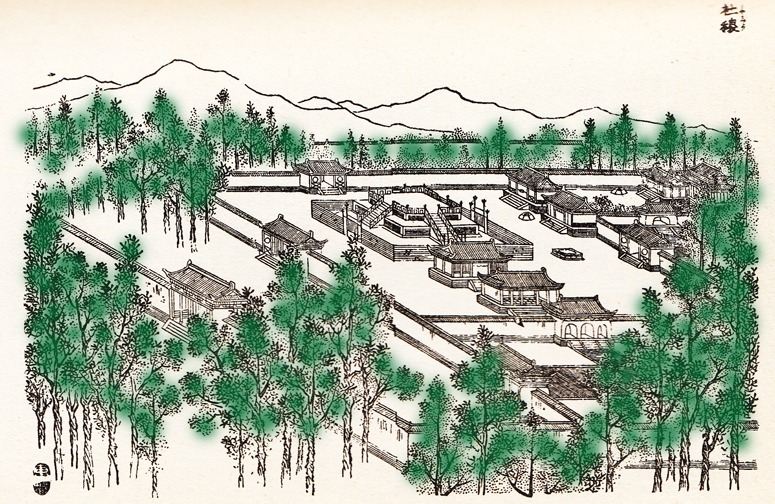
The Altar of Land and Grain (now Zhongshan Park or the Sun Yat-Sen Memorial Park in Bejing) had what western historians call a 'formal' layout. It is neither the garden type nor the design style which features in histories of 'the' Chinese Garden.
There is a regrettable tendency for garden historians to write about the Chinese Garden as though it were one thing which was invented about 5000 years ago, which was made for a single purpose and which has never changed. It puts one in mind of Edward Said’s comment on Orientalism (regarding the Middle East). He wrote of “a misrepresentation of some Oriental essence — in which I do not for a moment believe”. We are therefore pleased to publish a classification of Chinese garden types by Xiaomin Wu. The next stage in developing a systematic history of garden design in China should be to trace the evolution of each of these types through the millennia. This should be done in parallel with studies of the influence of Chinese gardens on neighbouring countries and the influence of neighbouring countries on China. One of the many neglected aspects of Chinese garden history concerns the influence of Buddhism. Maggie Keswick, who wrote by far the most influential western book on Chinese garden history, scarcely mentions the subject.
Another puzzling aspect of Chinese garden history is that it is normally studied without reference to Japan or Korea. To me, this is like writing compartmentalised histories of French and Italian gardens or of Italian and English gardens. It should not be done. With regard to China, Japan, India and Korea, part of the explanation is that the countries were not friendly during the twentieth century – American garden historians have considered the influence of Chinese on Japanese gardens, but they have given far more attention to Japan than to China or India or Korea.
The Altar of Land and Grain (now Zhongshan Park and the Sun Yat-Sen Memorial in Bejing) (drawing above) had what western garden historians call a ‘formal’ layout’. It is neither ‘the’ garden type nor ‘the’ design style which features in histories of ‘the‘ Chinese Garden.

